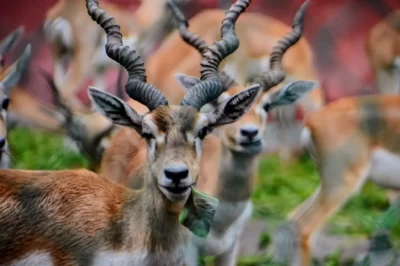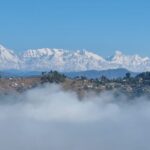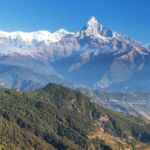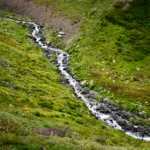The Krishnasar Conservation Area, also known as the Blackbuck Conservation Area, was created to safeguard the Blackbuck species. This protected region spans 16.95 km2 (6.54 sq mi) and aims to preserve the blackbuck. It was officially designated as a conservation area in 2009 (2065 B.S).
History
In early 1973 (2030 B.S.), it was believed that blackbucks had become extinct in the Bardiya National Park region and throughout Nepal. However, a search was conducted in the Banke and Bardiya areas, and in 1975 (2032 B.S), nine blackbucks were discovered in the jungle of Khairi Panditpur. Recognizing the fragility of their existence, immediate action was taken to protect the herd. Thanks to collaborative efforts, the population of blackbucks has risen significantly.
Blackbuck
The blackbuck, also known as Krishnasar locally, is an antelope species that inhabits Nepal, India, and Pakistan. It is the sole surviving member of the Antilope genus and was first described by Swedish biologist Carl Linnaeus in 1758, who gave it its binomial name. The blackbuck holds a special significance for Hindus, especially the Yadav community, as it is considered a sacred animal.
Climate
The Krishnasar Conservation Area has a tropical monsoon climate. From October to early April, the weather is dry. However, temperatures can reach up to 45 degrees Celsius from April to June, which can be scorching.
Location
Krishnasar Conservation Area spans 16.95 square kilometres in Nepal‘s western lowlands. The Conservation area lies within the Gulariya municipality of the Bardiya district.
Flora and Fauna
This region has two types of forests: natural and cultivated. The natural forest is dominated by Simal-Khair (Nombaxceiba-Acacia catechu), while the cultivated forest is dominated by Sissoo (Dalbergiasissoo). The Blackbuck habitat in this area is rich in biodiversity, with 109 plant species, 14 mammalian species, 12 reptile species, and 64 bird species.
Visitor Information
Getting to the Krishnasar Conservation Area in Nepal’s Terai region is easy. One can fly to Nepalgunj; a bus ride to Bardiya takes approximately 3-4 hours. Visitors from Kathmandu by bus should alight at Khairapur and walk 500 meters to the headquarters.
Sustainable Tourism and Economic Benefits
The Krishnasar Conservation Area in Nepal is not well-known, which has led to its poor maintenance and preservation. A lack of physical infrastructure means employees must stay at the main office and travel for daily supervision. However, if the Conservation Area is adequately conserved and maintained, it could bring several benefits, such as increased local income through tourism-related businesses and potential revenue for the Nepalese government through tourism infrastructure. The sole aim for this blog is to help preserve the blackbuck population in the Krishnasar Conservation Area.
Conclusion
The Krishnasar Conservation Area is a vital part of the effort to preserve the blackbuck population in Nepal and the region’s biodiversity. With the collaborative efforts of the locals, conservationists, and government agencies, the Blackbucks have thrived in the area, and their population has steadily increased. However, more needs to be done to ensure the continued conservation of the area and its inhabitants. Sustainable tourism and economic benefits could help the conservation efforts, and the area must receive the necessary maintenance and infrastructure to achieve this goal. Ultimately, the Krishnasar Conservation Area is a testament to the power of collaborative conservation efforts and the need to protect our planet’s biodiversity.







Leave a Reply